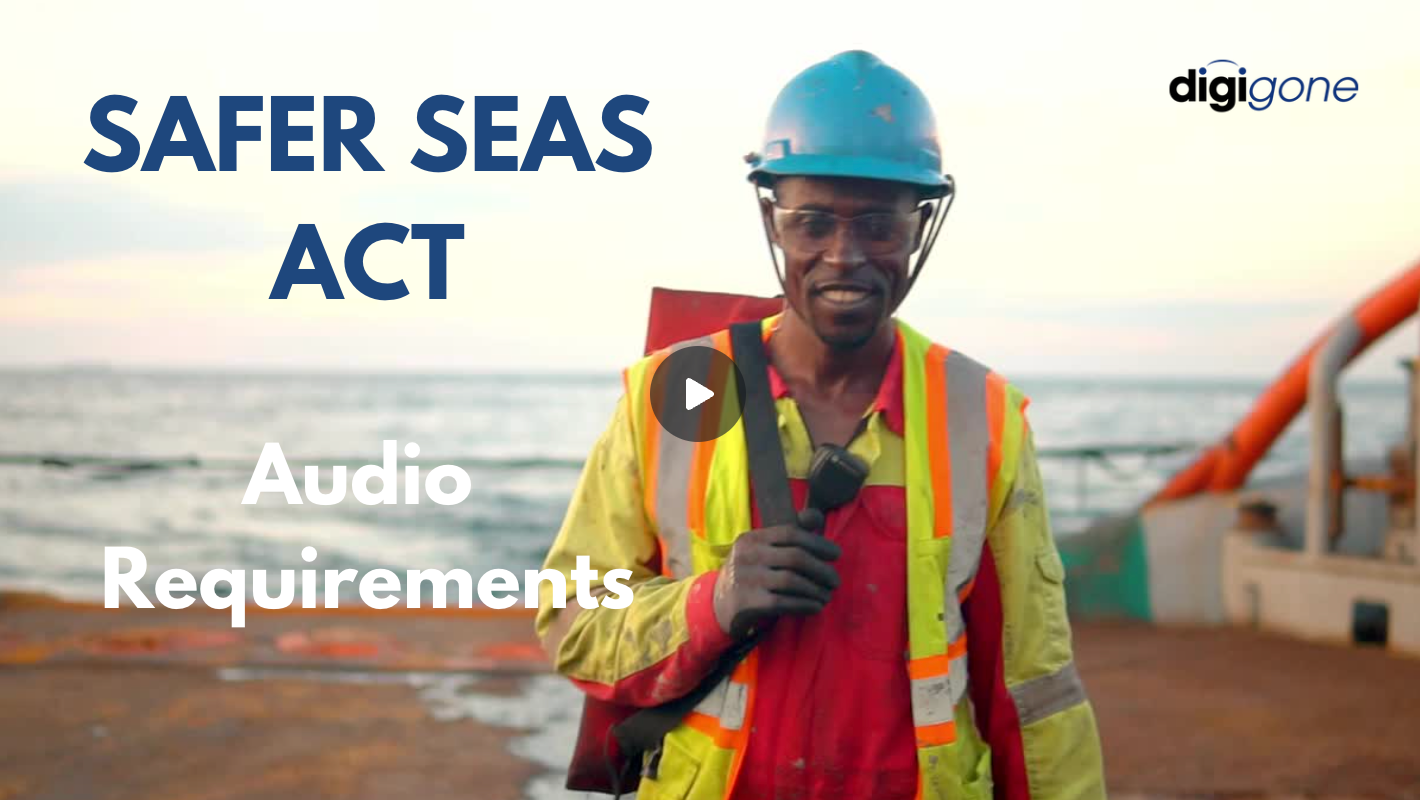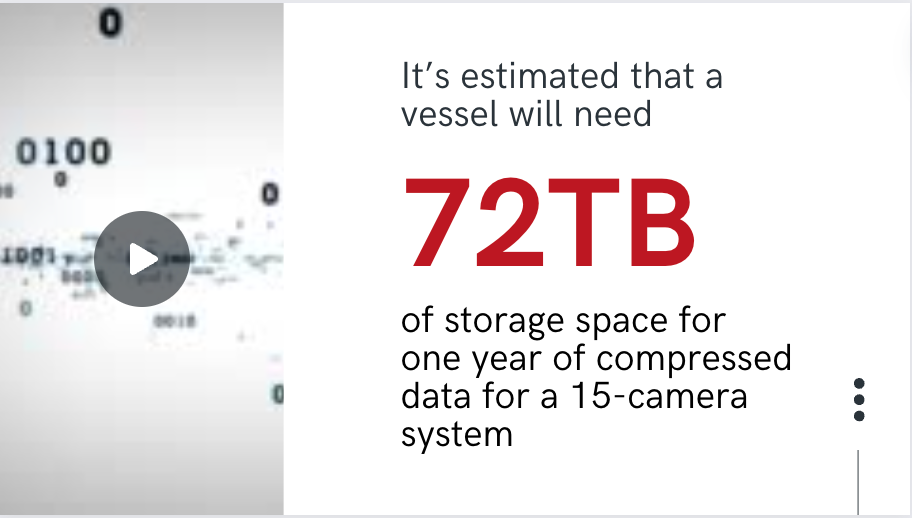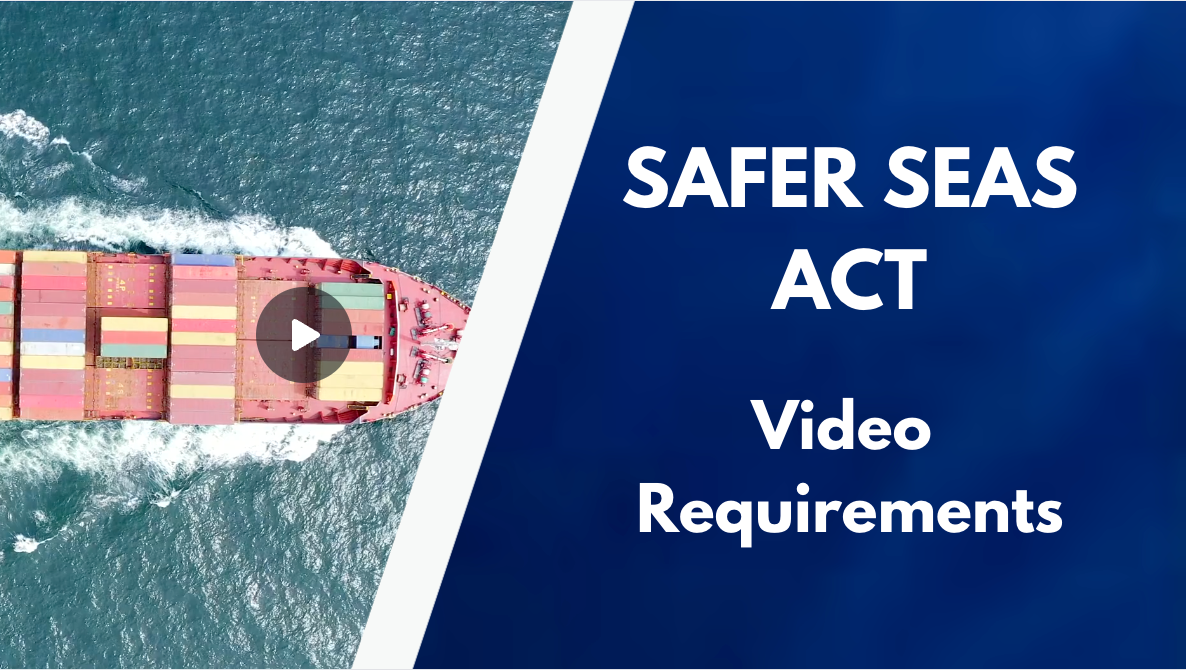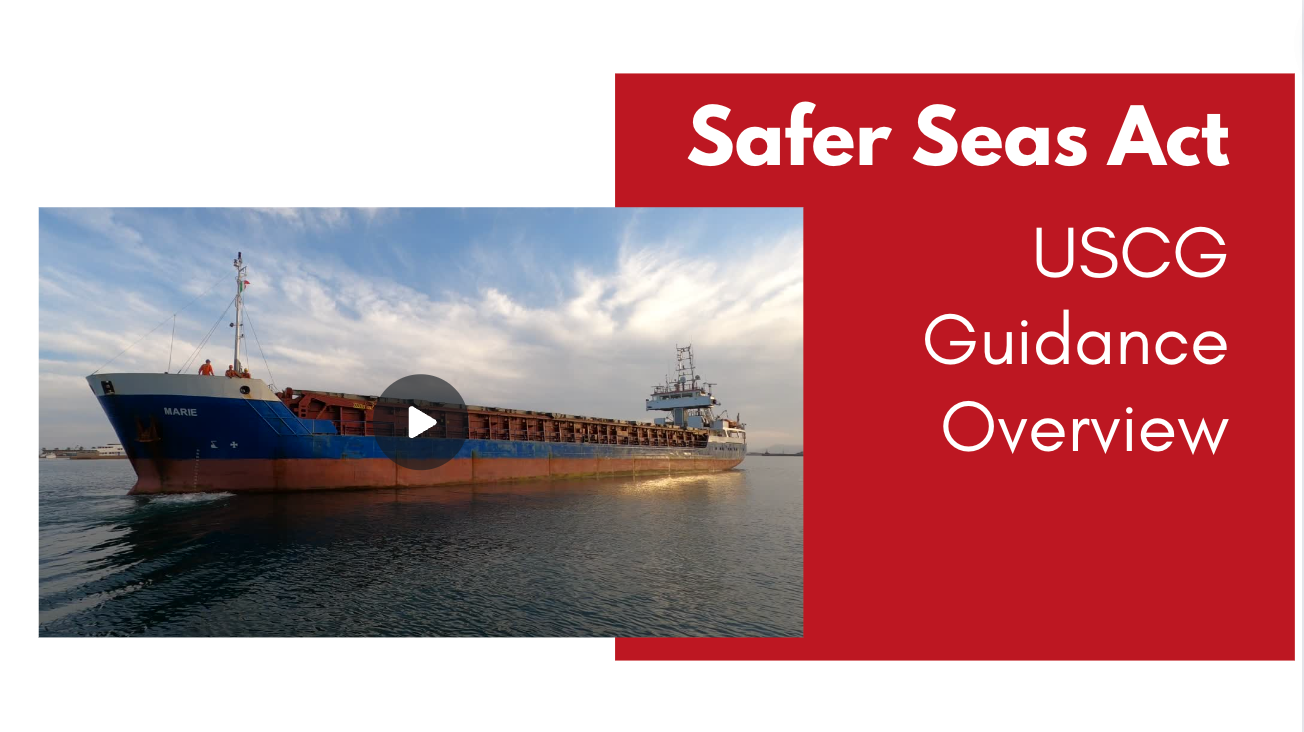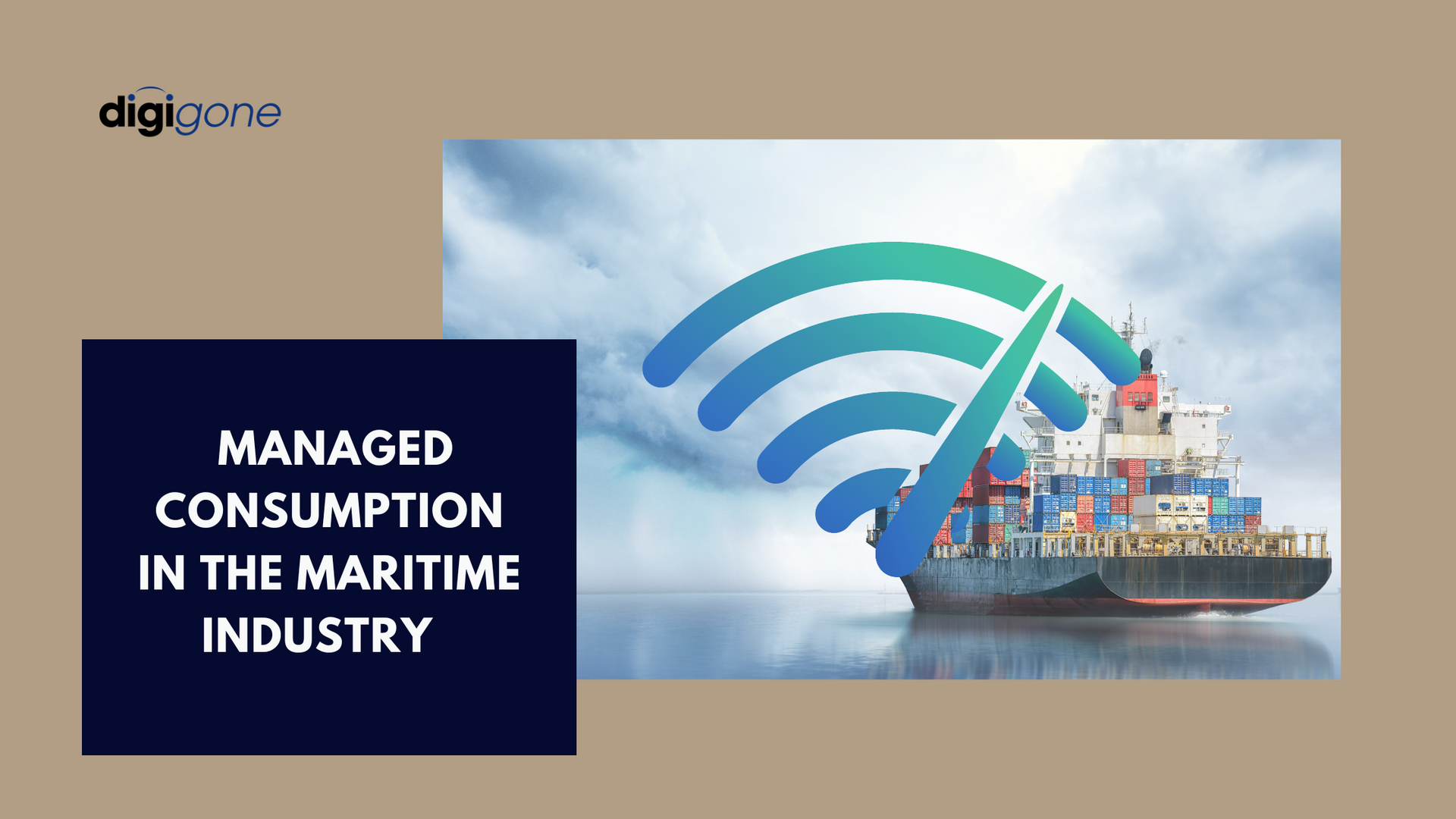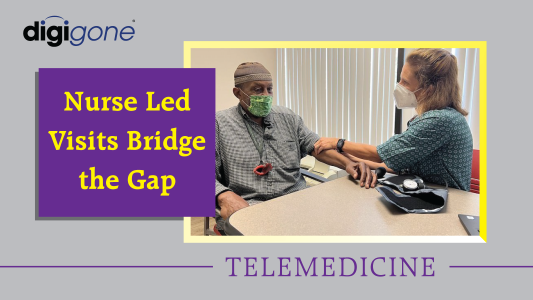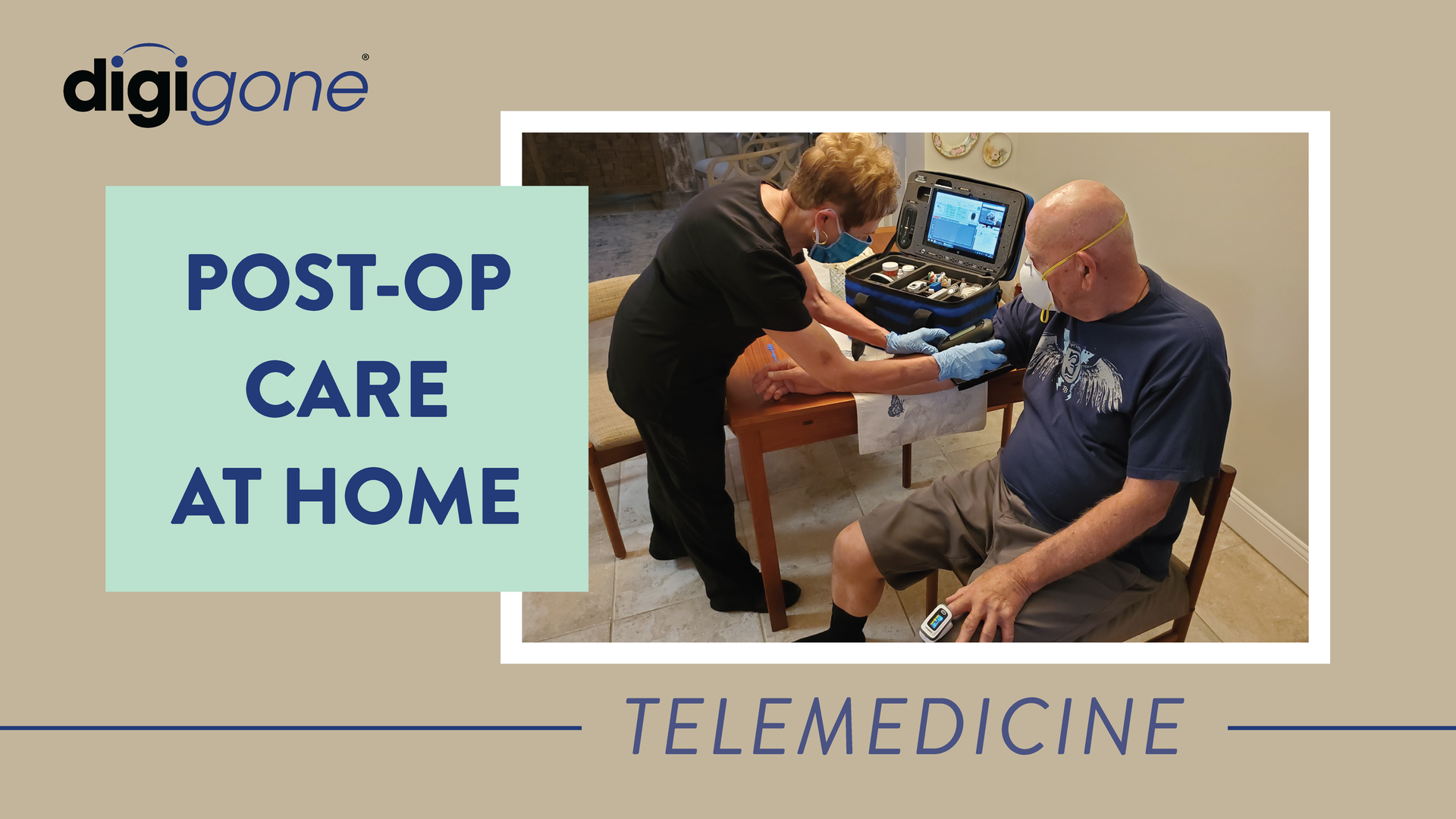HSSE: Cameras and Environmental Compliance in the Maritime Industry
5 Ways Cameras Can Be Tools in Environmental Compliance
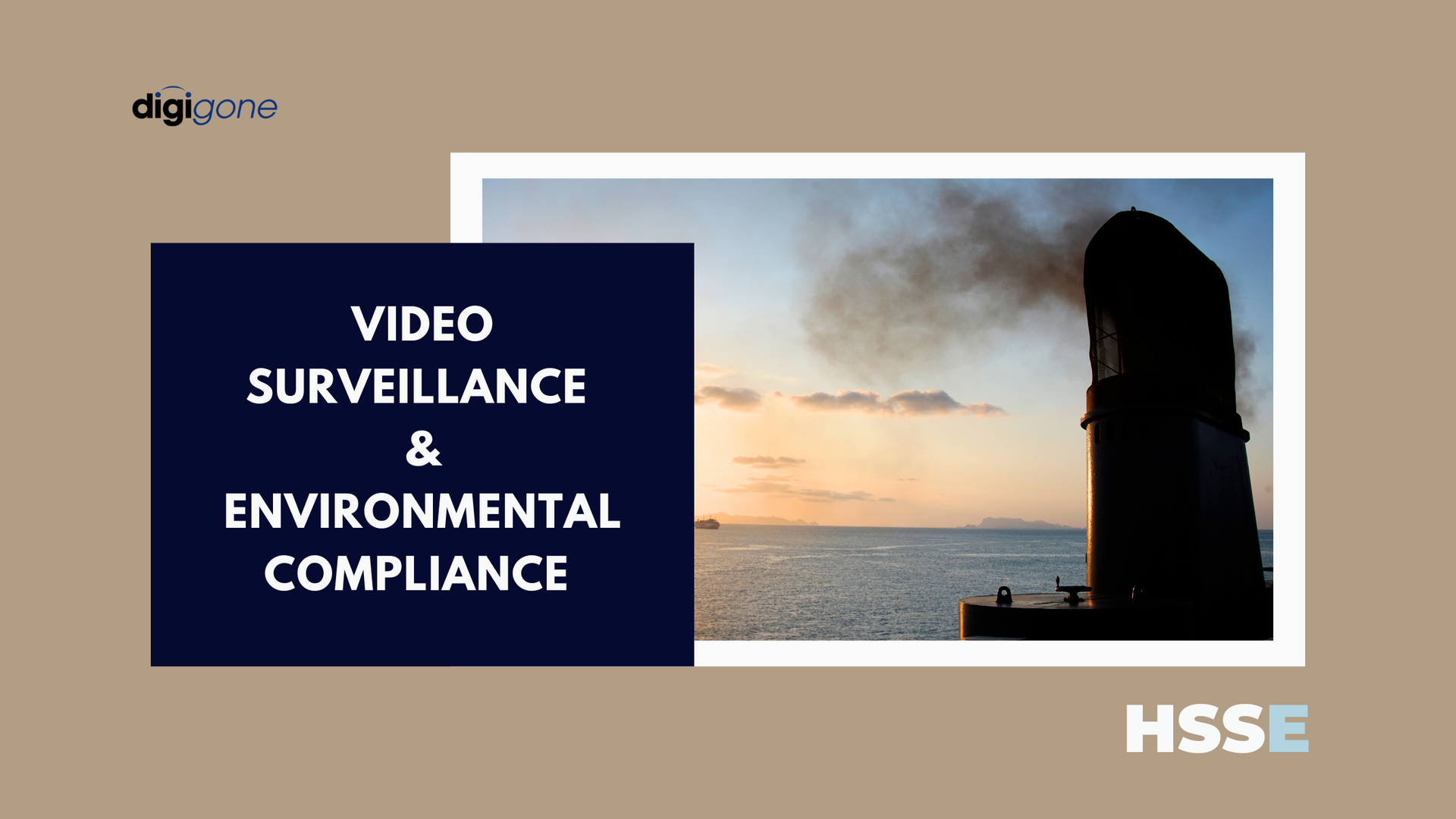
The maritime industry has a lot of issues it is grappling with: digital transformation, supply chain uncertainty, piracy, and crew welfare. However, the most costly are environmental regulations and sustainability. Given the industry’s vast reach and impact on the environment, regulations are similarly extensive.
The 2023 International Maritime Organization’s (IMO) Strategy on Reduction of GHG Emissions from Ships has set the industry on a path towards decarbonization, including a commitment to ensure an uptake of alternative zero and near-zero greenhouse gas (GHG) fuels by 2030.
Technological developments will assist in reaching these new goals through various channels, including video surveillance, which can play a significant role in the path towards environmental compliance.
Below are some strategies using video cameras and surveillance to help shipping companies work towards compliance as the IMO pushes the industry towards a goal of net-zero GHG emissions by 2050.
1. Monitor Emissions
Video cameras can be strategically placed near exhaust stacks or other emission sources to monitor air emissions. With a complete surveillance system, video can be accessed on-site/vessel or remotely, allowing engineers to monitor emission activities in real-time or companies to review footage from off-site/ashore locations. This can facilitate timely action in response to compliance issues. This footage can also monitor and optimize engine performance and fuel consumption.
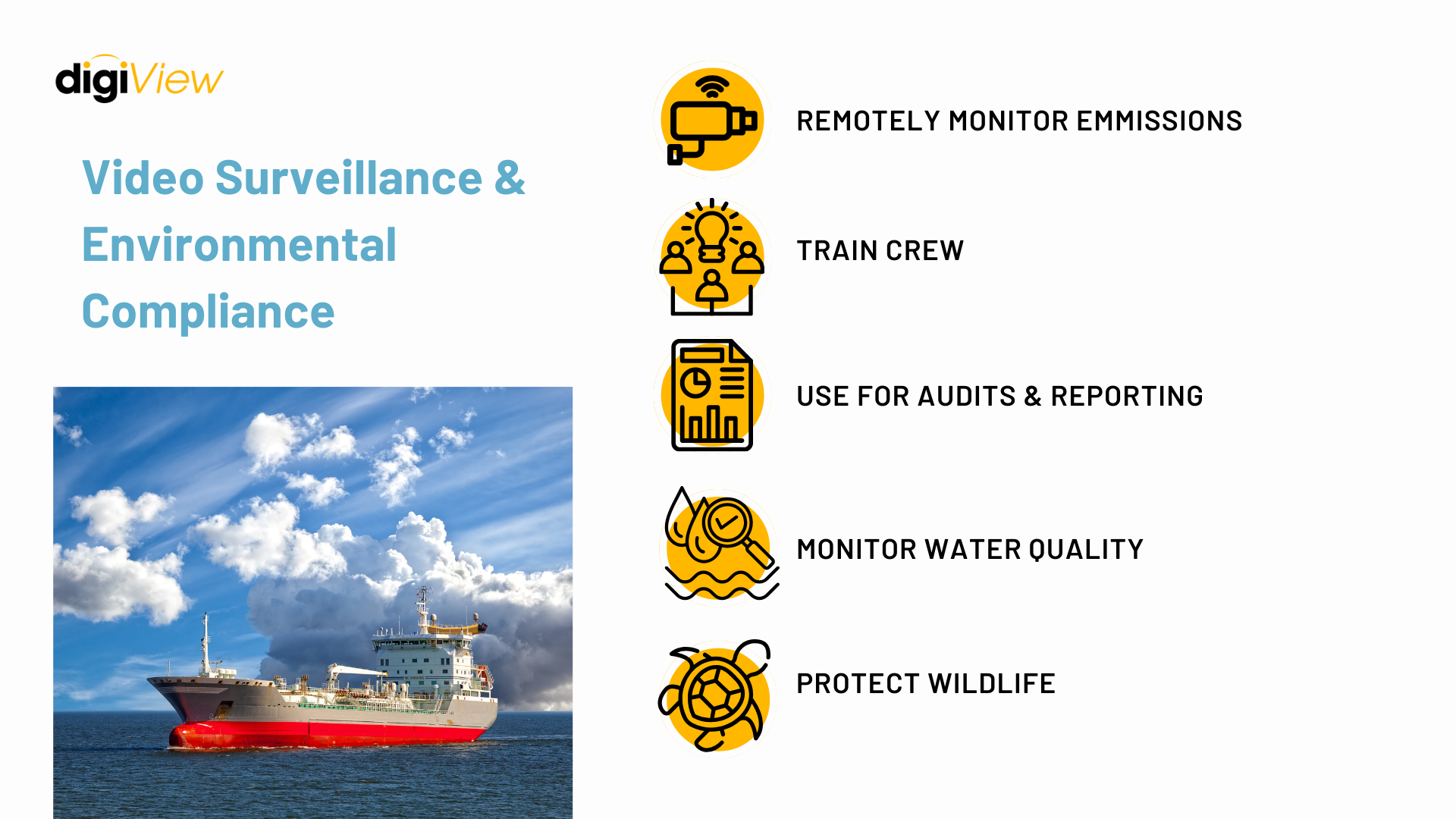
2. Training
Video surveillance footage can be used for training purposes, demonstrating to the crew proper compliance procedures and pollution prevention and improving company compliance with environmental regulations.
3. Audit and Reporting
Video footage can be used to create comprehensive audit trails and compliance reports. This documentation can be invaluable in demonstrating adherence to environmental regulations during inspection audits or disproving allegations. For instance, one of our customer’s vessels was accused of polluting a beach with soot from its stack as it was transiting a canal. Time/Date stamped archived video was retrieved, disproving that allegation. This saved our customer thousands of dollars in fines.
4. Water Quality Monitoring
Surveillance can be used to monitor the quality of discharged water as well. Cameras near discharge points can help detect any unusual or unauthorized pollutants that violate water quality standards.
5. Wildlife Protection
In areas where maritime vessel activity may impact wildlife habitats — particularly protected species — video surveillance can be used to monitor and protect wildlife. Cameras can capture evidence of any harm to wildlife or habitat destruction, helping organizations comply with regulations related to environmental conservation.
As the maritime industry continues to push toward a greener future, video surveillance is a cost-effective and valuable tool for environmental compliance. There are many hurdles to overcome, but the transition to a greener future is imperative.
DigiGone is a veteran-owned, service-disabled business based in Largo, Florida, providing custom, managed bandwidth solutions such as CrewChat, digiView, digiChat and digiMed in the maritime, oil and gas and mining industries. For more information visit digigone.com/crewchat to request a demonstration. Or email us at info@digigone.com, or call at 1-727-544-2327.

